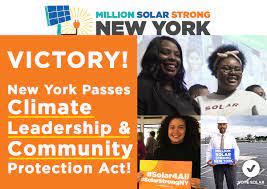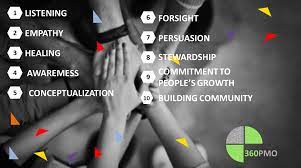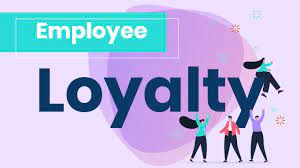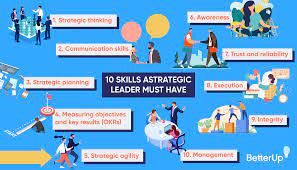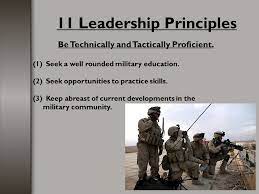The Top 10 Ways the CLIMATE LEADERSHIP AND COMMUNITY PROTECTION ACT is Saving New Yorkers’ Lives
The Top 10 Ways the CLIMATE LEADERSHIP AND COMMUNITY PROTECTION ACT is Saving New Yorkers’ Lives
1. The CL&CPA is reducing emissions of greenhouse gases and air pollutants in New York State by transitioning the state to renewable energy sources.
2. The Act is investing in clean, renewable energy sources like solar and wind power, which will create jobs and help New York meet its climate goals.
3. The Act is making buildings more energy efficient, which will save money for both businesses and consumers while also reducing emissions.
4. The Act is phasing out the use of dirty, polluting fossil fuels like coal and oil, which will improve public health and protect our environment.
5. The Act is supporting the growth of the electric vehicle market in New York, which will reduce emissions from the transportation sector while also saving drivers money on fuel costs.
6. The Act is promoting the use of clean, renewable hydrogen as a fuel source for vehicles and industry, which has the potential to completely decarbonize the transportation sector.
7. The Act is requiring large emitters of greenhouse gases to pay for their pollution, which will incentivize them to reduce their emissions while also generating revenue for investments in clean energy solutions.
8. The Act is establishing a Just Transition Working Group to ensure a just transition for workers and communities affected by the transition to a low-carbon economy.
servant leadership book
In his book, “Servant Leadership: A Journey into the Nature of Legitimate Power and Greatness,” Robert K. Greenleaf writes that the core of servant leadership is “the idea of building community.” This is done through a focus on servanthood, which “involves a profound commitment to helping others develop and grow.”
Greenleaf’s work has inspired many leaders in the public and private sectors to adopt a servant leadership approach. In fact, the act requires that all state agencies adopt a servant leadership model when possible. The New York State Legislature even passed a resolution encouraging the use of servant leadership principles in state government (A.7532-B).
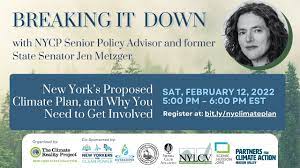
The CLIMATE LEADERSHIP AND COMMUNITY PROTECTION ACT is one way that New York State is putting servant leadership into practice. The act seeks to address climate change by reducing greenhouse gas emissions and investing in clean energy. It also includes provisions to protect vulnerable communities from the impacts of climate change.
For example, the act requires state agencies to consider environmental justice when making decisions about permitting and siting facilities. This ensures that low-income communities and communities of color are not disproportionately affected by pollution or other environmental hazards.
The act also establishes a Climate Justice Working Group, which is tasked with developing recommendations on how the state can address climate change while protecting vulnerable communities. The working group is made up of experts on environmental justice, climate change, and public health.
The CLIMATE LEADERSHIP AND COMMUNITY PROTECTION ACT is helping to save New Yorkers’ lives by providing cleaner air and water, reducing greenhouse gas emissions, and creating green jobs.
The CLIMATE LEADERSHIP AND COMMUNITY PROTECTION ACT is the most ambitious and comprehensive climate legislation in New York State history. The Act will help to save New Yorkers’ lives by providing cleaner air and water, reducing greenhouse gas emissions, and creating green jobs.
The Act requires that New York achieve a 40 percent reduction in greenhouse gas emissions from 1990 levels by 2030, and an 80 percent reduction by 2050. In order to meet these goals, the state must make major investments in renewable energy, energy efficiency, and clean transportation.
The CLIMATE LEADERSHIP AND COMMUNITY PROTECTION ACT will also create tens of thousands of new green jobs, while protecting low-income communities and communities of color from the worst impacts of climate change. The Act is a major step forward in our fight against climate change, and it sets us on a path to a cleaner, healthier, more sustainable future for all New Yorkers.
The act is also helping to create a more resilient New York by investing in climate adaptation and mitigation measures.
New York is already feeling the effects of climate change, with more extreme weather events and rising sea levels. The state is taking steps to adapt to these changes and prevent further damage.
The $19 billion investment will go towards upgrading infrastructure, protecting coasts from flooding, and improving water quality. This will help to make New York more resistant to the effects of climate change and better prepared for future disasters.
The CLIMATE LEADERSHIP AND COMMUNITY PROTECTION ACT is setting a strong example for other states to follow in the fight against climate change.
The act, which was signed into law by Governor Andrew Cuomo in July 2018, requires New York State to reduce its greenhouse gas emissions 40 percent by 2030 and 80 percent by 2050, compared to 1990 levels. In addition, the state must develop a plan to adapt to climate change and protect natural resources.
The CLIMATE LEADERSHIP AND COMMUNITY PROTECTION ACT is the most ambitious climate change legislation in New York State history, and it will have a major impact on reducing greenhouse gas emissions. The act contains many different provisions that will help achieve these goals, including:
-Requiring utilities to source 50 percent of their electricity from renewable sources by 2030;
-Banning fracking;
-Improving energy efficiency in buildings;
-Promoting electric vehicles; and
-Investing in clean energy research and development.
the society for collegiate leadership & achievement
The Society for Collegiate Leadership & Achievement (SCLA) is a New York City-based nonprofit organization that works to empower young people from underserved communities to become leaders in their field of choice. SCLA’s programs focus on providing access to opportunities, resources, and networks that otherwise may be unattainable.
SCLA’s mission is to provide opportunity youth with the resources and networks needed to succeed in today’s economy. In order to do so, SCLA has established the following five principles that guide their work:
1. Youth Development: SCLA believes that all young people have the potential to become leaders in their communities if given the opportunity. SCLA provides access to resources and opportunities that help youth develop their leadership skills.
2. Community Engagement: SCLA works closely with community-based organizations to create programs that meet the needs of underserved youth. SCLA also engages youth in community service projects that allow them to give back to their neighborhoods.
3. Career Exploration: SCLA offers programs that expose youth to a variety of careers and help them discover their passions. SCLA also provides access to internships and job shadowing experiences so youth can gain real-world experience in their field of interest.
4. College & Workforce readiness: SCLA provides programs and resources that help youth prepare for success in college and the workforce. SCLA also partners with colleges and universities to provide scholarships and other
